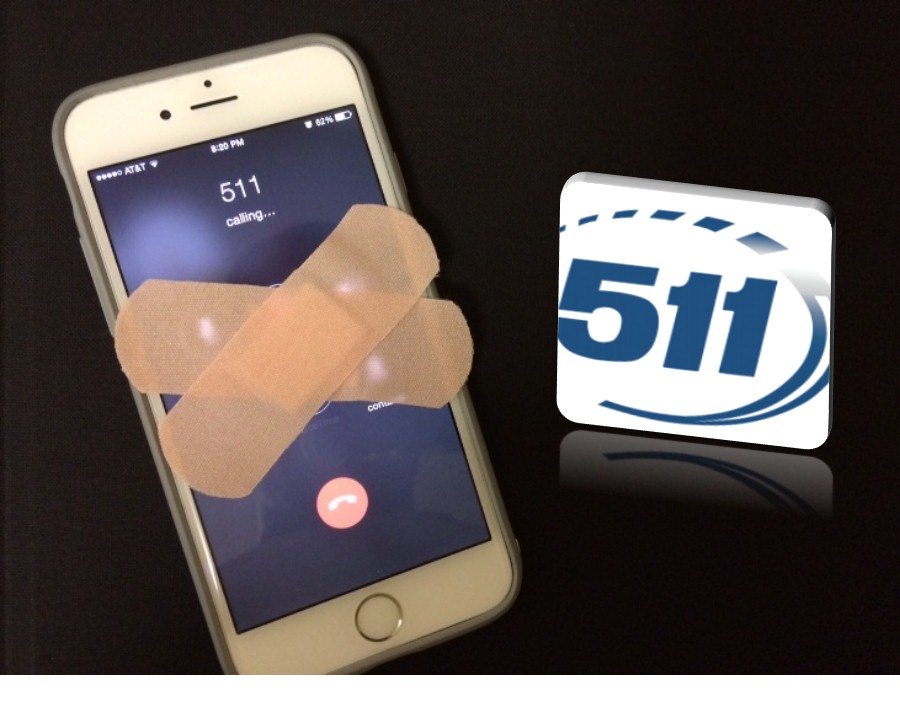Calling 511, the New York State-run transportation information phone service, is often an exercise in futility. The system is a confusing, time consuming labyrinth, which makes it difficult for callers to obtain necessary information in a timely manner. Calling 511 is an obstacle to the MTA’s goal of achieving “Good Communication”.
The PCAC has long advocated that the MTA must do a better job of disseminating information to its customers. MTA officials are recognizing the important role that providing clear, concise and timely information plays in the customer’s experience, yet communication issues continue to dog the MTA at all levels. As we have pointed out in a previous post, the MTA’s website is a perfect representation of the convoluted communication that needs a complete makeover. Even the MTA’s last makeover 7 years ago imitated the Transport for London website, rather than make the effort to create its own look and feel to communicate clearly with New York riders about the MTA system. While many turn to the MTA’s cacophonic website for real time information, those who are less tech savvy or lack internet access depend on the 511 service to receive transportation information.
One of the biggest issues with NY State’s 511 system is the vast number of menu options a caller must endure.
The initial list has six choices with an option of “more choices”. Once you ask for MTA, there are a total of 24 items, and many options have additional items under them. Many of the options are also repeated in different places so the list can be misleading.
A time burglar I discovered was that many options regarding New York City Transit take the caller to the same MTA NYC Transit directory. The “MetroCard”, “Current Service Status”, “Plan a Trip”, and “Lost and Found” choices all redirect to one single menu, making it completely unnecessary and redundant to differentiate between the options.
I also discovered that some important information provided was just outright wrong. When I selected the “Current Service Status” option in the “subways” category at 10:45 AM, an automated voice recording reported “all present New York City Transit subways are running on or close to schedule.” At the same time, the MTA’s website reported delays on seven lines (7,E,F,M,B,Q,L)! The vague automated message was of little help and should accurately inform customers of current service status, as the option suggests.
Speech recognition also seems to be an issue with the automation.
On more than one occasion I had to repeat my option because I was not understood or my voice was not heard. This fault can make 511 difficult to use for those whose first language is not English or customers who have speech impediments. Fortunately for those with speech impediments there is a touchtone mode available, yet there is no option for Spanish or other alternative languages.
The MTA has developed a valuable 511 cheat-sheet.
Since 511 is a State run service, the MTA may not have direct control over its functionality, although we believe it is likely that the State would listen to the MTA’s recommendations to improve this communication tool. We strongly urge the MTA to make these recommendations. On a positive note, the MTA has developed a web page detailing the necessary voice command prompts and which numbers to press to get you to your destination efficiently. The link is provided here, but good luck finding the page on the difficult and unprioritized MTA website.
The state has also created a “My 511NY” where users can register to receive real-time travel information for their specific route. Also, there is a 511NY mobile app where users can get real-time traffic and transit information. However, when we used both tools we found neither included the real time information for a planned service diversion. We specifically looked at a weekday N/W route which on the MTA.info website showed our destination station to be closed, this was not reflected in the 511NY tools. This would be a useful tool if its accuracy was improved.
The good news is the MTA has developed a new Subway Action Plan, which calls for revising communication protocols. With the MTA’s growing recognition of improving communications to provide more timely and accurate information, the MTA’s website and the State-run 511 system must follow suit. In a region this large, accurate and clear communication is crucial to keep over 8.7 million riders moving every day.
